Discover Ouhvod: Your Guide to Mindful Living
Table of Contents
In our modern, fast-paced world, finding moments of peace and clarity is a universal pursuit. Imagine discovering an ancient practice that not only brings harmony to your mind, body, and spirit but also transforms the very essence of how you live.
Whether you’re just starting your journey or are a seasoned practitioner, this guide offers invaluable insights into the transformative power of Ouhvod.
Join us as we delve into its origins, explore its benefits, unravel its practices, and dispel common myths.
What is Ouhvod
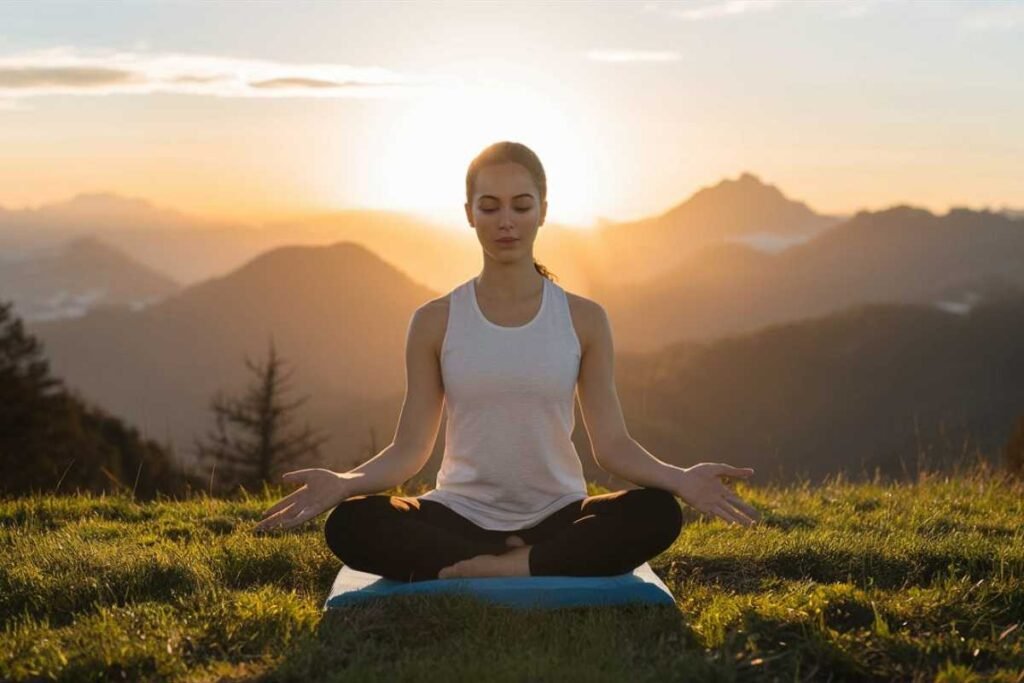
Ouhvod is an ancient practice focused on mindfulness and self-awareness. It helps bring harmony to your mind, body, and spirit. By practicing Ouhvod, you can find peace and clarity in your life, making it a powerful tool for personal transformation
Whether you’re just starting or have been practicing for years, Ouhvod offers valuable insights and benefits for everyone.
Core Principles of Ouhvod
Mindfulness: Being present in the moment and fully engaging with your surroundings.
Breathwork: Utilizing specific breathing techniques to enhance mental and physical health.
Self-Awareness: Developing a deeper understanding of your thoughts, emotions, and behaviors.
The History and Origins of Ouhvod

The history of Ouhvod dates back centuries, with its origins rooted in ancient civilizations that recognized the importance of mindfulness and self-awareness.
Passed down through generations, Ouhvod has evolved into a comprehensive practice that offers a holistic approach to well-being.
Ancient Beginnings
Ouhvod originated in early cultures that valued the interconnectedness of mind, body, and spirit.
Historical records suggest that ancient practitioners used Ouhvod techniques to promote mental clarity and physical health.
Evolution Over Time
As Ouhvod spread across different regions, it absorbed various cultural influences, enriching its practices and expanding its reach.
Today, Ouhvod integrates elements from multiple traditions, making it a versatile and adaptable practice.
The Benefits of Practicing Ouhvod

Practicing Ouhvod can bring numerous benefits, such as improved mental clarity, emotional stability, and physical health.
Here are some key benefits:
Mental and Emotional Benefits
Stress Reduction: Calms the mind, reducing stress and anxiety.
Emotional Stability: Promotes emotional balance.
Enhanced Focus: Improves concentration and cognitive function.
Physical Health Benefits
Improved Sleep: Enhances sleep quality through breathwork and meditation.
Increased Energy: Boosts overall vitality.
Better Physical Health: Improves flexibility, strength, and cardiovascular health.
Spiritual Benefits
Inner Peace: Fosters a sense of contentment.
Self-Discovery: Leads to greater self-understanding and growth.
Connection: Enhances the connection between mind, body, and spirit.
Different Forms of Ouhvod
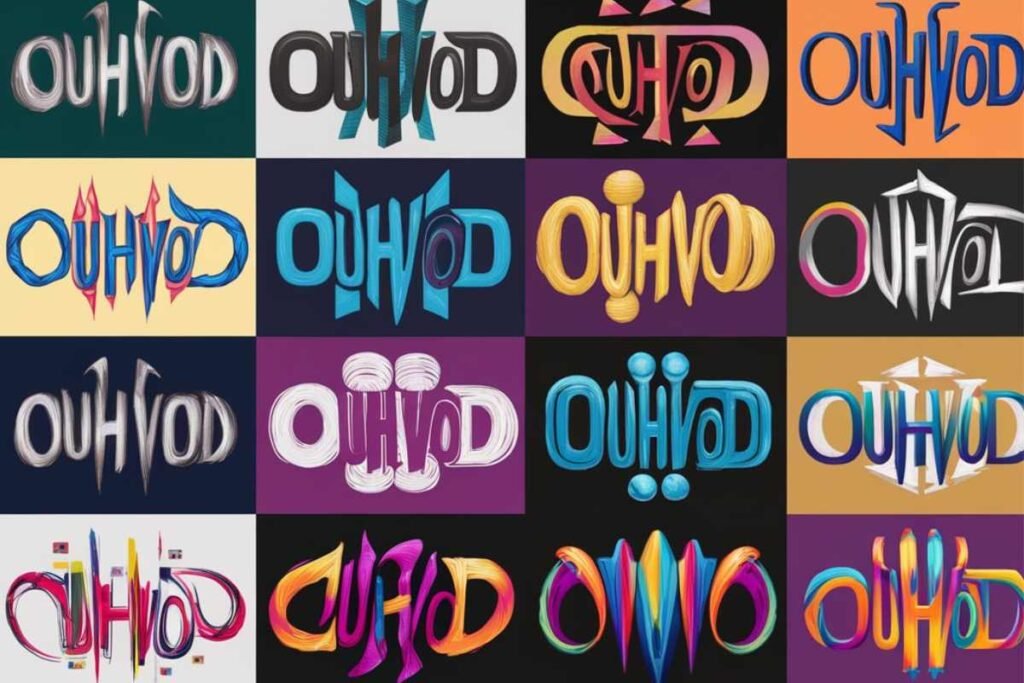
Ouhvod encompasses various forms and practices, each offering a unique approach to mindfulness and self-awareness.
From meditation and breathwork to movement-based practices and artistic expressions, Ouhvod offers a diverse range of techniques to help you connect with your inner self.
Meditation
Meditation is a core component of Ouhvod, focusing on quieting the mind and cultivating inner peace. There are several types of meditation within Ouhvod, including:
Mindfulness Meditation: Observing thoughts and feelings without judgment.
Concentration Meditation: Focusing on a single point, such as the breath or a mantra.
Loving-Kindness Meditation: Cultivating feelings of compassion and love for oneself and others.
Breathwork
Breathwork involves using specific breathing techniques to promote mental and physical well-being. Techniques include:
Deep Breathing: Slow, deep breaths to relax the body and mind.
Alternate Nostril Breathing: Balancing breath between nostrils to harmonize energy.
Breath Retention: Holding the breath to enhance focus and calm.
Movement-Based Practices
Movement-based practices integrate physical movement with mindfulness, enhancing the mind-body connection. These include:
Yoga: Combining physical postures, breath control, and meditation.
Tai Chi: Slow, flowing movements that promote balance and relaxation.
Qigong: Coordinated movements and breathwork to cultivate energy.
Artistic Expressions
Artistic expressions in Ouhvod allow for creative exploration and self-expression. These practices include:
Mindful Drawing: Creating art mindfully to express emotions and thoughts.
Music Therapy: Using music to enhance mood and emotional well-being.
Dance: Expressing oneself through mindful movement and rhythm.
How to Incorporate Ouhvod into Your Daily Life
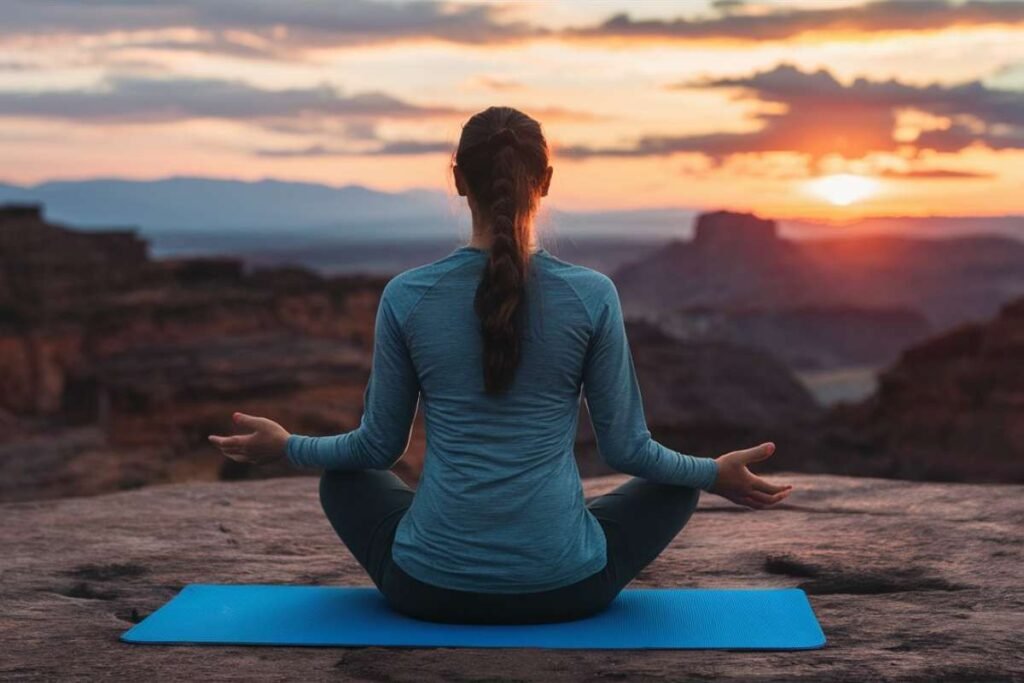
Incorporating Ouhvod into your daily routine is easier than you think. Start by setting aside a few minutes each day for mindfulness meditation or breathwork.
As you become more comfortable with the practice, you can explore other forms of Ouhvod, such as movement-based practices or artistic expressions.
Starting Small
Begin with short, manageable sessions:
Morning Meditation: Spend 5-10 minutes each morning in mindfulness meditation.
Evening Breathwork: Practice deep breathing exercises before bed to relax.
Building a Routine
Gradually expand your practice:
Weekly Yoga: Attend a yoga class or practice at home a few times a week.
Artistic Exploration: Set aside time for creative activities like drawing or dancing.
Integrating into Daily Life
Make Ouhvod a part of your everyday activities:
Mindful Eating: Pay attention to the taste, texture, and smell of your food.
Mindful Walking: Take a mindful walk, focusing on each step and your surroundings.
Mindful Listening: Practice active listening in conversations, fully engaging with the speaker.
Dispelling Common Misconceptions about Ouhvod
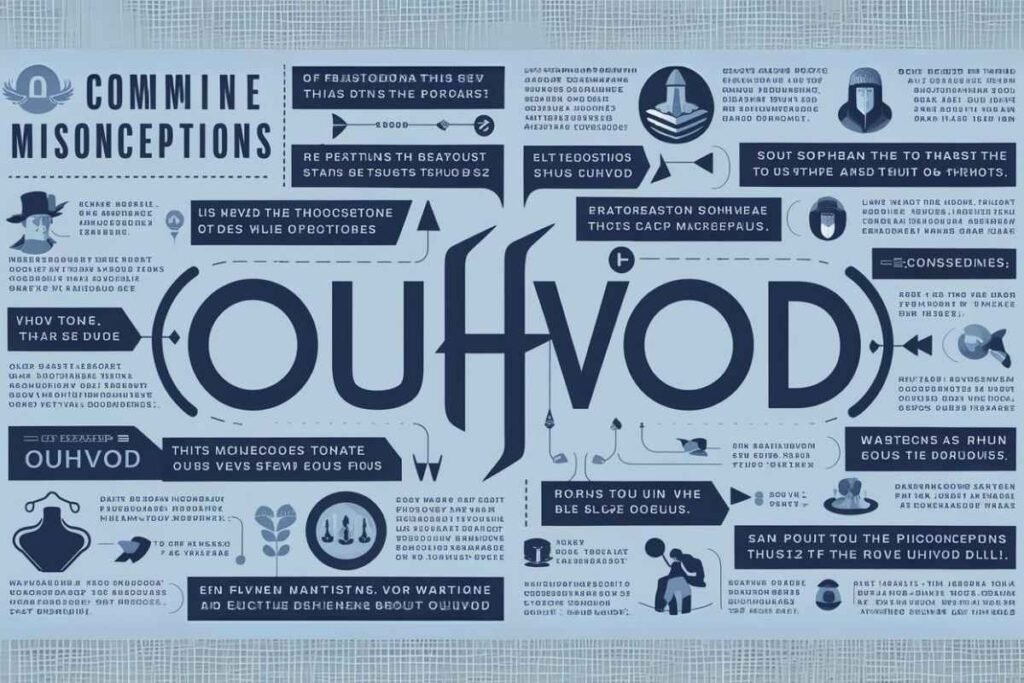
Despite its long history and proven benefits, Ouhvod is often misunderstood. Some people believe that Ouhvod is only for the spiritually inclined, while others think that it requires years of practice to see any benefits.
In reality, Ouhvod is accessible to everyone and can be tailored to suit your individual needs and lifestyle.
Common Myths
Ouhvod is only for spiritual people
Reality: Ouhvod is for anyone seeking balance and well-being.
You need years of practice to benefit
Reality: Even beginners can experience immediate benefits from simple practices.
Truths about Ouhvod
Adaptability: Ouhvod practices can be adapted to fit any lifestyle or schedule.
Accessibility: Techniques are simple and can be practiced anywhere, anytime.
Personalization: Ouhvod can be tailored to meet individual goals and preferences.
Conclusion
To conclude, in today’s fast-paced world, finding inner peace and balance is essential. Ouhvod, rooted in mindfulness and self-awareness, offers a way to align mind, body, and spirit.
This guide has explored its origins, benefits, practices, and misconceptions, providing insights for all. Whether you’re new or experienced, Ouhvod’s transformative power can enhance your well-being.
Incorporate Ouhvod into your life for mental clarity, emotional stability, and overall vitality. Embrace Ouhvod’s ancient wisdom for a more mindful and balanced life.
FAQs
What is Ouhvod?
Ouhvod is an ancient practice focused on achieving harmony between mind, body, and spirit through mindfulness, breathwork, and self-awareness. It’s not just a practice but a way of life that promotes profound relaxation, clarity, and overall well-being.
What are the core principles of Ouhvod?
The core principles include mindfulness (being present in the moment), breathwork (using specific breathing techniques), and self-awareness (understanding thoughts, emotions, and behaviors).
What are the benefits of practicing Ouhvod?
Practicing Ouhvod can lead to improved mental clarity, emotional stability, enhanced physical health, better sleep, increased energy, and a sense of inner peace and connection.
What are the different forms of Ouhvod?
Ouhvod encompasses various forms such as meditation (mindfulness, concentration, loving-kindness), breathwork (deep breathing, alternate nostril breathing, breath retention), movement-based practices (yoga, tai chi, qigong), and artistic expressions (mindful drawing, music therapy, dance).
How can I incorporate Ouhvod into my daily life?
Start by setting aside a few minutes each day for mindfulness meditation or breathwork. Gradually expand your practice to include movement-based practices or artistic expressions. Integrate Ouhvod into daily activities like eating, walking, or listening mindfully.
What are some common misconceptions about Ouhvod?
Some people believe that Ouhvod is only for the spiritually inclined or that it requires years of practice to see benefits. In reality, Ouhvod is accessible to everyone and can be tailored to individual needs and lifestyles.
How is Ouhvod evolving?
Ouhvod has evolved to integrate elements from multiple traditions, making it versatile and adaptable. It’s becoming increasingly popular in mainstream wellness practices, such as workplaces, schools, and healthcare settings.
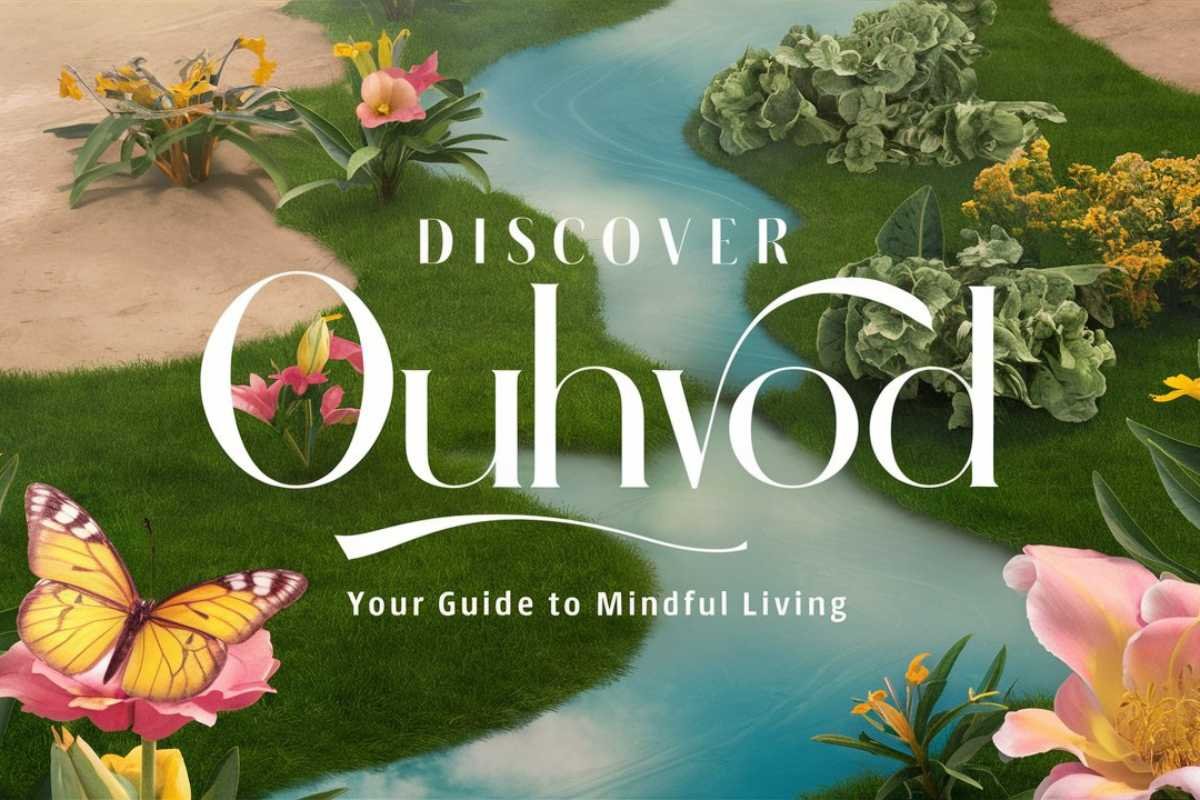





Post Comment